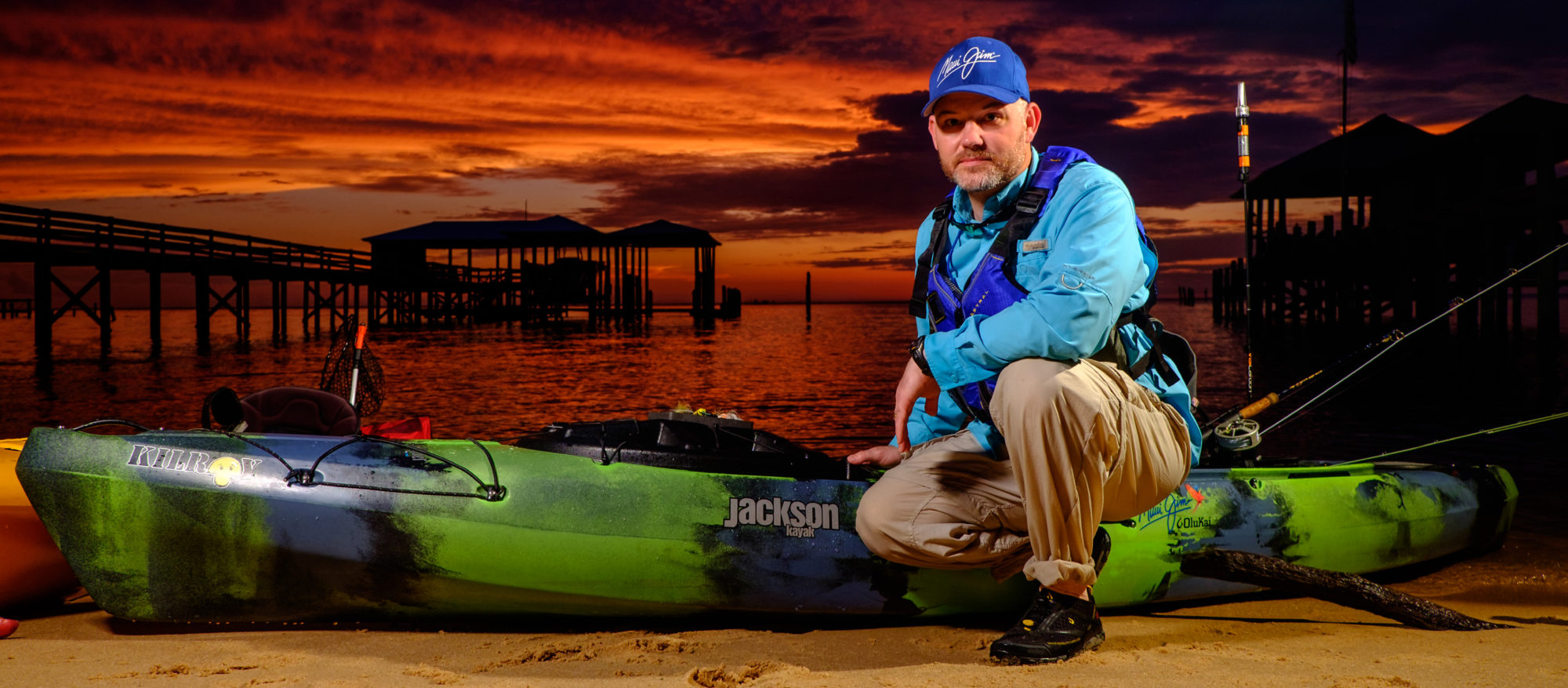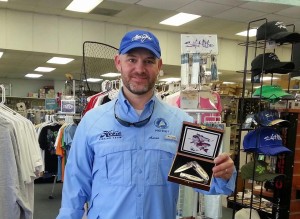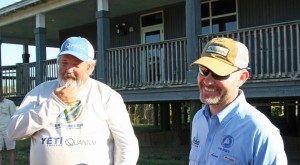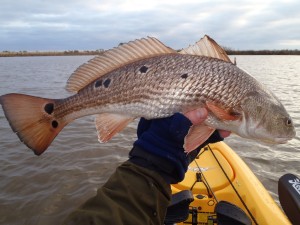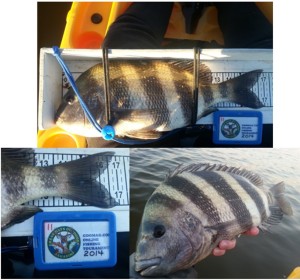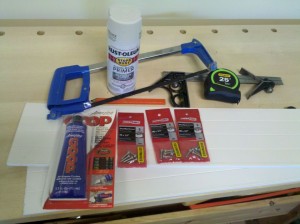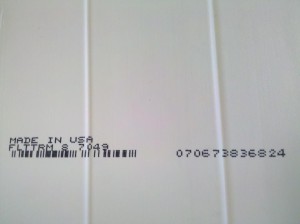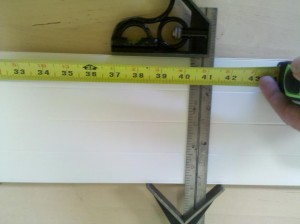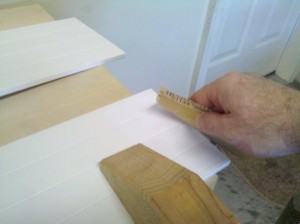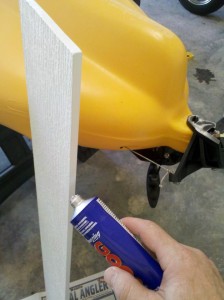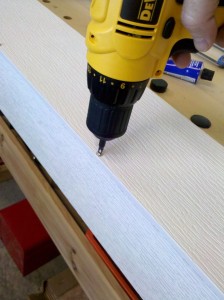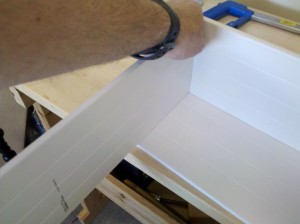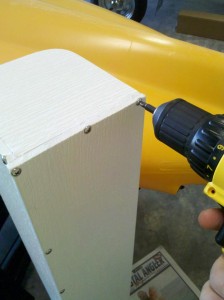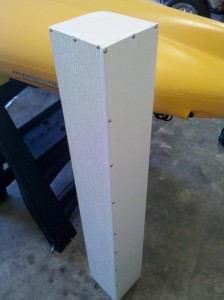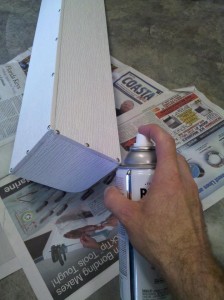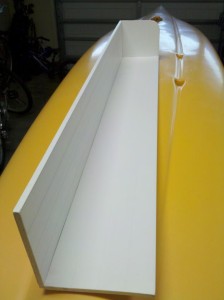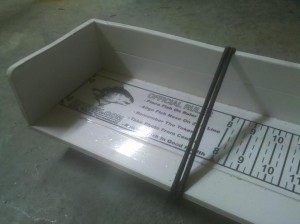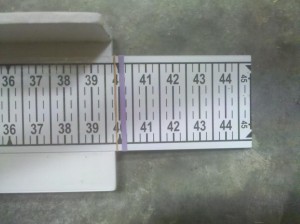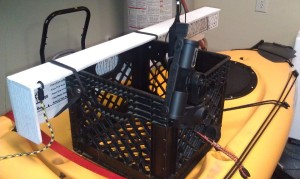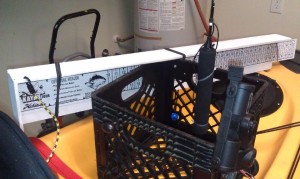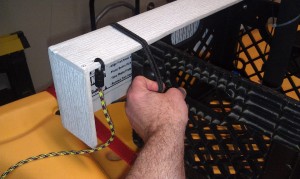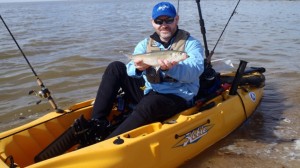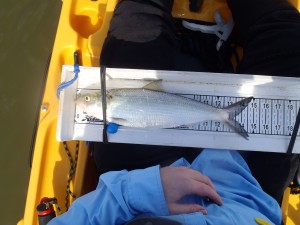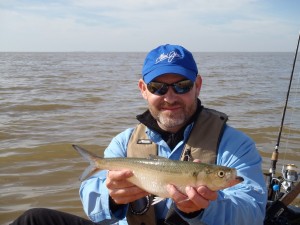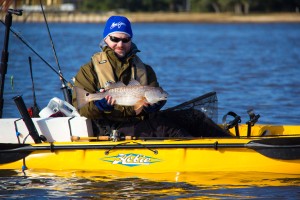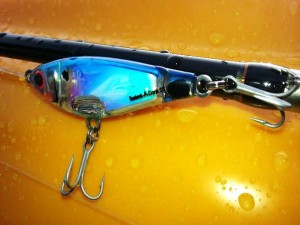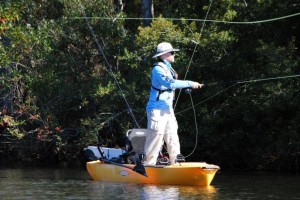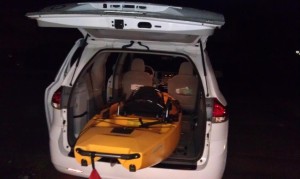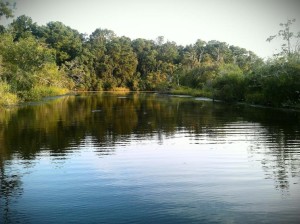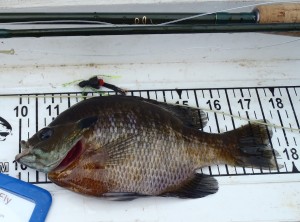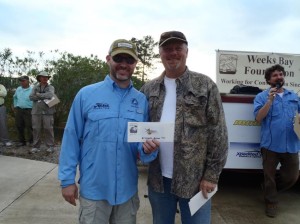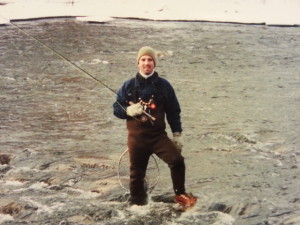 Seventeen years ago, my good friend Ed Roden and I went to a Trout Unlimited meeting in Clinton Township, Michigan. I overlooked the fact he was outfitted in a Ohio State University Buckeyes sweatshirt that evening. It was the beginning of growth in our friendship that took a path of fly fishing flowing streams, conservation efforts to the habitat surrounding them, and many hours in the board room developing watershed management plans with other like minded friends.
Seventeen years ago, my good friend Ed Roden and I went to a Trout Unlimited meeting in Clinton Township, Michigan. I overlooked the fact he was outfitted in a Ohio State University Buckeyes sweatshirt that evening. It was the beginning of growth in our friendship that took a path of fly fishing flowing streams, conservation efforts to the habitat surrounding them, and many hours in the board room developing watershed management plans with other like minded friends.
We’ve had some memorable moments up north. One that comes to mind is breaking down in a Jeep Wrangler on a logging trail two miles off the beaten path, only to learn the tire wrench was rust welded to engine compartment of the vehicle. Then there was our first Hexagenia Limbata hatch we fished together where I was so excited for the upcoming spinner fall, that I had to leave the river to visit nature’s restroom three times in last hour before sunset. I’m known for mistaking crows for turkeys on fishing trips and we’ve also had some good floats on drift boats together. Yet, the best memories I have of fishing with Ed are those when we sat on river’s edge talking about life, waiting for a mayfly hatch to emerge. Maybe it was the day when we were enjoying lunch beside our tent when to our surprise large trout started feeding on an unusual mid-day Hex hatch! We drove ourselves crazy trying to catch those browns that day, but didn’t so much as get a bite. Whether talking about life or experiencing the out of doors, good times they are.
Ed has developed into quite a proficient fly angler, both for trout and even bass. I look up to him more than he knows, and since moving 1000 miles south five years ago have missed his companionship casting flies among Michigan cedar lined streams.
He has recently launched a blog. I think you will enjoy his stories and insights he has to share about the sport of fishing. He enjoys kayak angling, and uses the paddle craft to pursue fish in streams and lakes. Check out the Mitten State Angler at http://mittenstateangler.com/. I know you will enjoy it.
Copyright 2014 by icastinayak.com. All rights reserved
